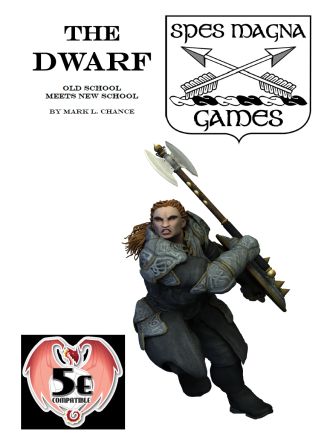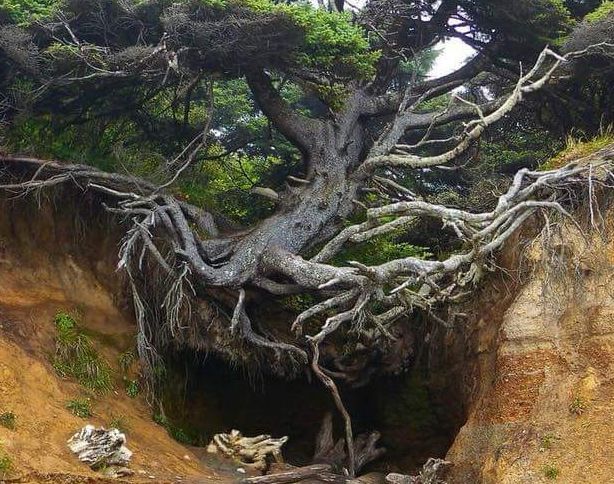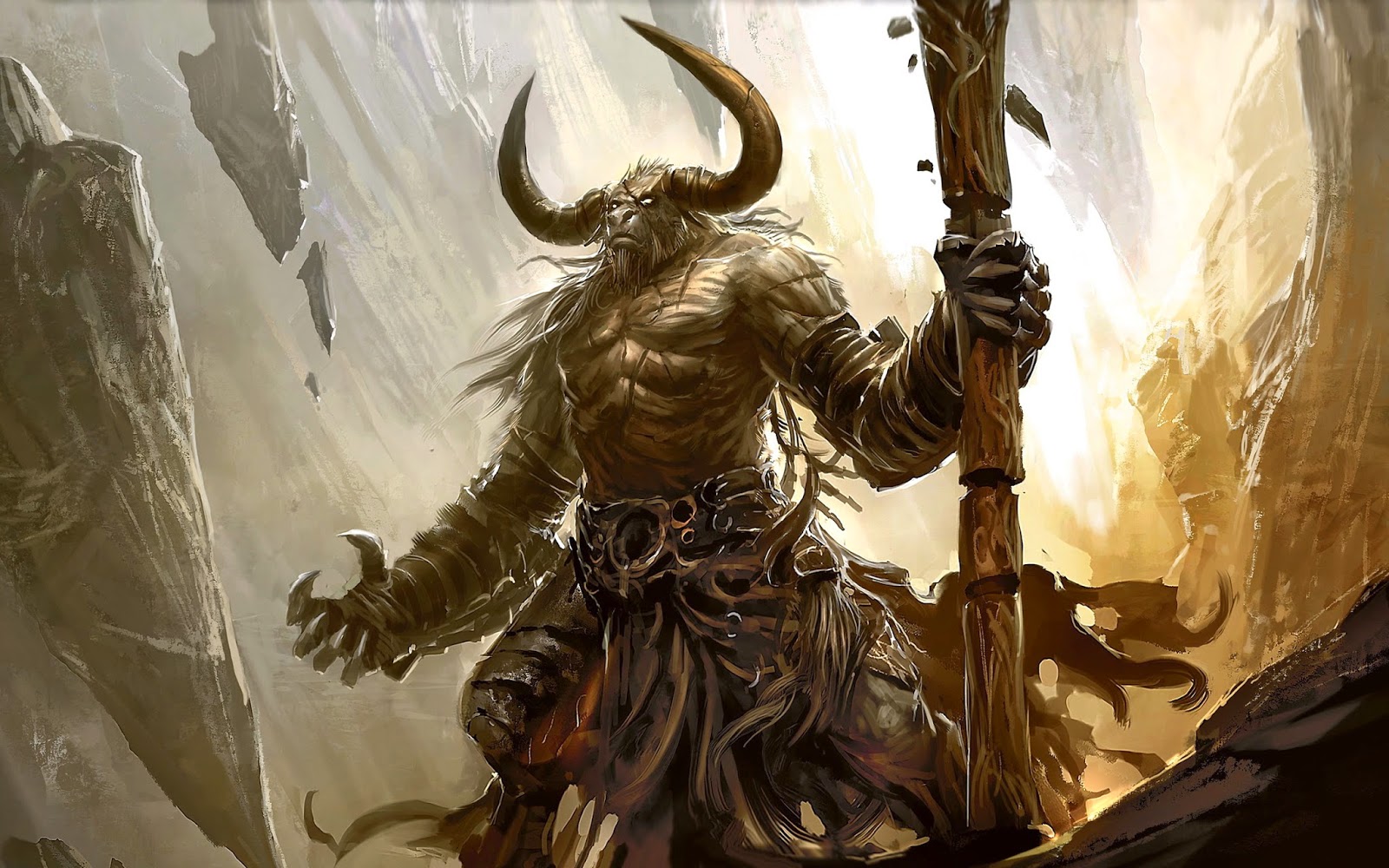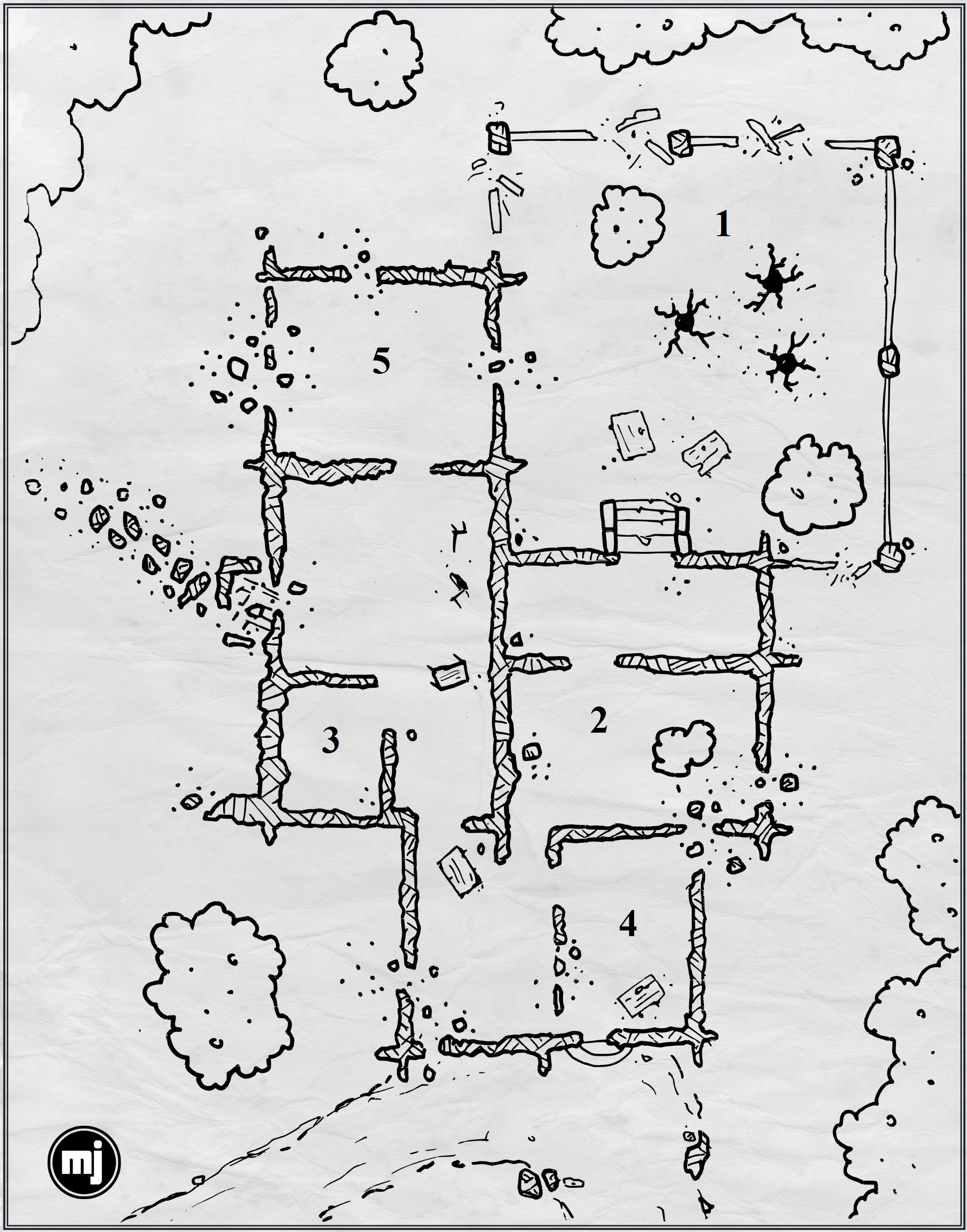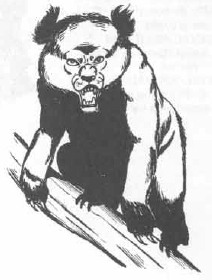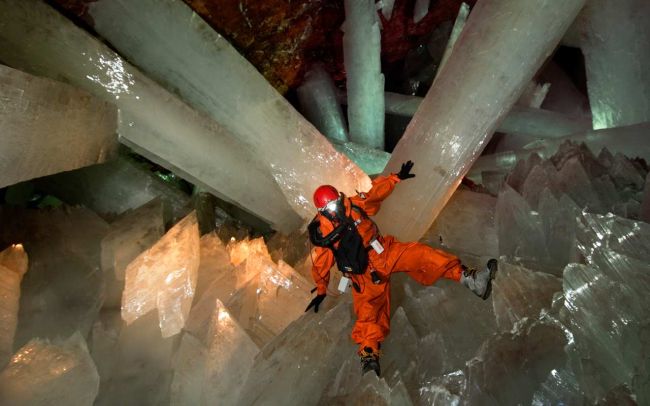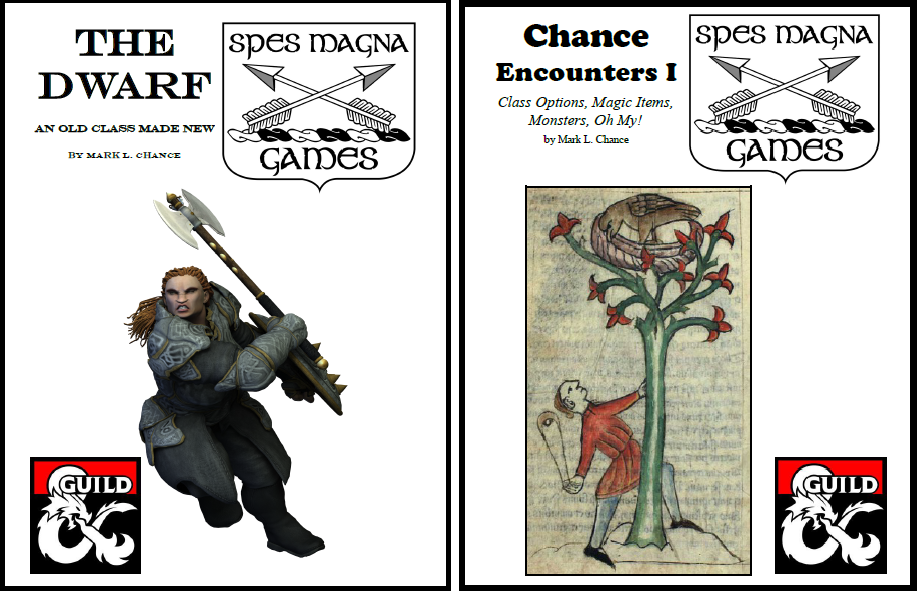Kobold Spiders
I took 12 isometric dungeon maps that I’ve drawn and put them together as Map Collection I, which is now available at DriveThruRPG at the cost of 10 cents a map.
And now, a new monster for Swords & Wizardry!
Kobold spiders worship various horrifying demons that invariably take forms resembling monstrous arachnids. Rumor has it that Buibui, their chief deity, is a terrifying spider king that rules a hell full of twisting passages, vast webs, and shriveled corpses that scream constantly.
Kobold Spider
Armor Class: 7 [12]
Hit Dice: 1/2
Attacks: Claws/fangs (1d4) or weapon -1
Special: Arachnophilia, climbing
Move: 6
Save: 19
HDE/XP: 1/15
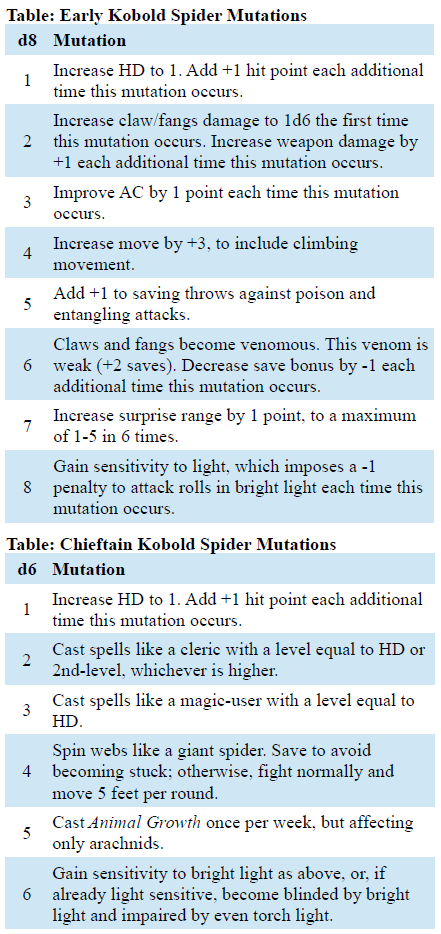
Kobold spiders, strange creatures that start their lives as evil dog-like men with hairless, scaly rust-brown skin. As mentioned above, they worship various horrifying demons that invariably take forms resembling monstrous arachnids. Rumor has it that Buibui, their chief deity, is a terrifying spider king that rules a hell full of twisting passages, vast webs, and shriveled corpses that scream constantly.
Kobold spiders that survive into adulthood often slowly mutate, taking on arachnid characteristics and becoming more powerful. For every 10 kobold spiders in an encounter, roll 1d3 times on Table: Early Kobold Spider Mutations to create an elite monster. A lair with 30 or more kobold spiders will be ruled by a chieftain. Roll 1d4 times on Table: Early Kobold Spider Mutations and once on Table: Chieftain Kobold Spider Mutations. Adjust HDE/XP of elite and chieftain kobold spiders appropriately.
Kobold spiders always have an affinity for arachnids. Such monsters never attack kobold spiders unless controlled. Otherwise, the monsters either ignore kobold spiders or attempt to flee. Kobold spiders cannot control arachnids, but they often live in close proximity to monstrous spiders. Kobold spiders are expert climbs, able to scurry up sheer surfaces and even across ceilings at normal speed.
Spider Swarm
Armor Class: 7 [12]
Hit Dice: 1-4
Attacks: Swarm (see below)
Special: Swarm (see below)
Move: 3
Save: 18 (1 HD); 17 (2 HD); 16 (3 HD), 15 (4 HD)
HDE/XP: 2/30 (1 HD); 3/60 (2 HD); 4/120 (3 HD), 5/240 (4 HD)
A spider swarm covers a number of 5×5-foot squares equal its Hit Dice. They do not make attack rolls. Any creature within the swarm automatically suffers 1d3-1 points of damage if armored, or 1d6-1 points of damage if unarmored. Once a victim has moved out of the area of a swarm, the victim continues to suffer damage for 1d3 rounds. If a victim wards off the spiders, he or she takes half damage (round down). A creature may ward off a swarm with swinging a weapon or similar object around, but most weapons cannot harm a swarm. A torch inflicts 1d6 points of damage on a swarm with a successful attack. A swarm is considered to be a single creature for the purposes of spell effects (such as Sleep).
